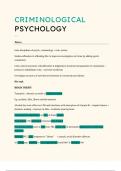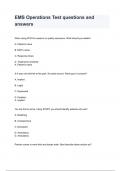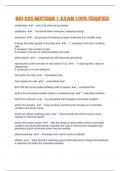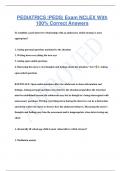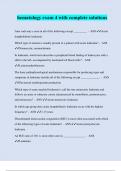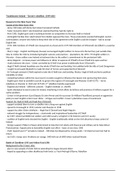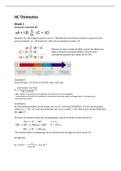Summary
Criminologica psychology complete summary
- Course
- Institution
a complete summary on criminological psychology, covering all points in the Edexcel specification. evaluation in terms of strengths and weaknesses for each explanation and treatment. highlighted key terminology. bullet points to aid recall. additional explanations/treatments supplied for use...
[Show more]
